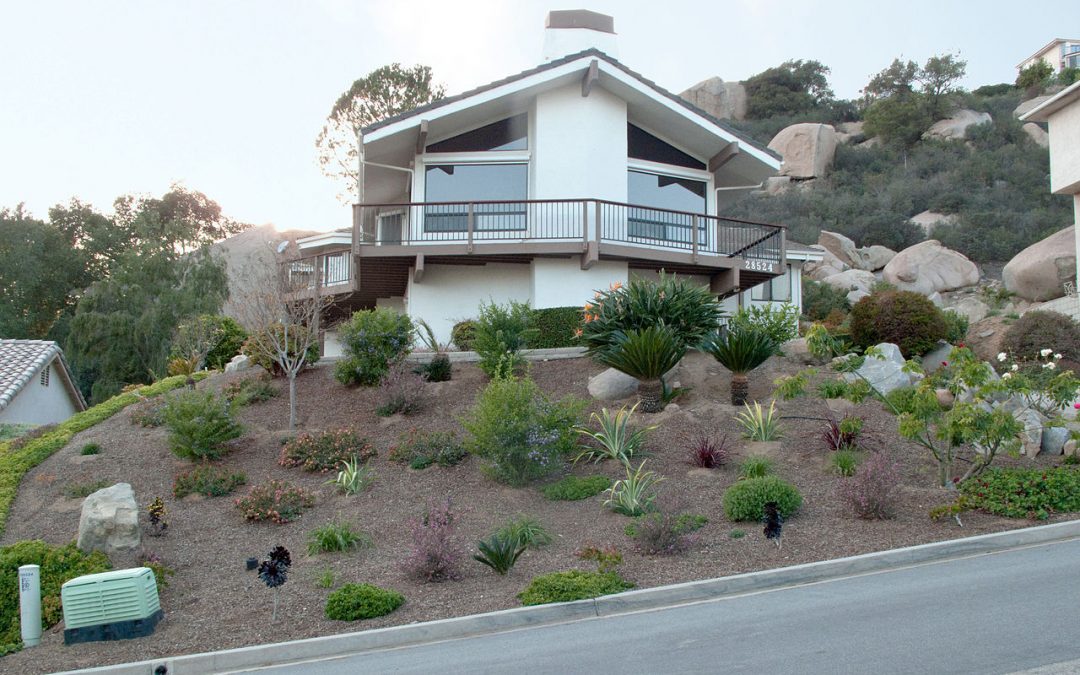Keeping a lawn healthy and green through the height of a hot summer, is hard enough. It gets even harder if you live in a drought-prone area such as Colorado, Arizona, Nevada, or Texas. That’s why xeriscape landscaping is so popular in those areas. Xeriscaping doesn’t mean you have to fill your yard with cacti; it just means you use plants and landscaping that needs little water. So if you’re ready to give up those water-hungry plants and lower your monthly water bill, join the crowd.
6 Benefits of Xeriscaping a Lawn
- Water conservation is environmentally friendly.
- It lowers water bills.
- It highlights the natural beauty of the area by using native plants.
- Low-maintenance plants and grasses save you time and energy. You won’t need an irrigation system or lawn mower.
- Xeriscaping can eliminate the need for chemical lawn treatments.
- Xeric plants and low-maintenance lawns can raise your property value.
How It Started
The term “xeriscape” comes from the Greek word “xeros,” meaning dry. Denver Water, the city’s utility service, coined and copyrighted the word in the 1980s when Colorado was experiencing a worse-than-usual drought. The water department looked at the soil in most yards, (clay soil doesn’t absorb water quickly), and the types of sprinkler systems people were using. The city began by offering rebates to people who used drip irrigation and turfgrass that requires little water. You’ll notice by the front of the office, the utility practices what it preaches.
“Traditional Kentucky bluegrass is lush and hardy, but it requires a substantial amount of water in our semi-arid climate,” according to Denver Water. “One way to use less water is to reduce the amount of bluegrass turf in your landscape. Native or low-water-use plants, patios, decks, or mulches can beautify your landscape while saving water. Also, try planting turf such as buffalo grass, blue grama grass, turf-type tall fescue, and fine fescues to reduce water use in your landscape.”
The North Marin Water District, which provides water to Novato and other communities just north of San Francisco, offers a “Cash for Grass” program that pays rebates to customers who remove lawns and plant approved low-water plants instead. In 2019, almost 15,000 square feet of turfgrass were converted.
The district also saw xeriscaping as a way to stop people from fertilizing their lawns and gardens. Native plants and grasses are adapted to the soil, so they need few amendments. What little they need can be provided by grass clippings and other organic matter … things that won’t harm the ocean or waterways.
Xeriscape Your Garden
As long as you’re making your lawn water-wise, go a step further and make your garden more efficient. Plant drought-resistant plants such as agave, juniper, yarrow, and lavender. Many herbs and spices are also drought-tolerant, such as thyme, sage, and oregano. The native and drought-tolerant plants will also attract local wildlife and pollinators to your garden.
Where to Begin
If you’re ready to take the plunge and xeriscape, don’t rush out and dig up all your flowers and turf. Start by mapping out your yard, noting where the shade trees are and which areas get the most sun. It’s also a good idea to see how much rainfall your yard gets in a typical year. You want plants that will thrive with the water nature provides.
If you’re not crazy about drought-tolerant grasses, consider a rock garden or mulched border around your patio and yard. Mulching around trees and plants helps keep moisture from absorbing. Plant ground covers around sloped areas to prevent any water from running off. While a completely hardscaped backyard may sound appealing, check with your city or county. Some municipalities, including Austin, Texas, require a percentage of your land to be landscaped, to prevent rainwater from pouring into the street.
The Environmental Protection Agency estimates that as much as 50% of irrigation water usage is wasted. By opting for a xeriscaped yard, you can save hundreds of gallons of water from being squandered over just one scorching summer. So go ahead and plant a cactus and other succulents. Your lawn will look sharp for years to come.
Main image credit: Downtowngal, CC-by SA-3.0

